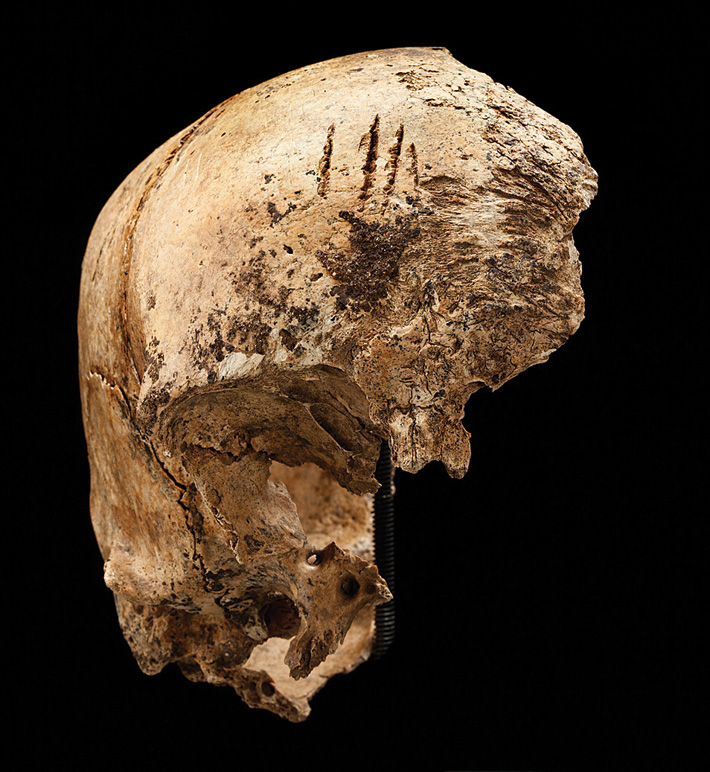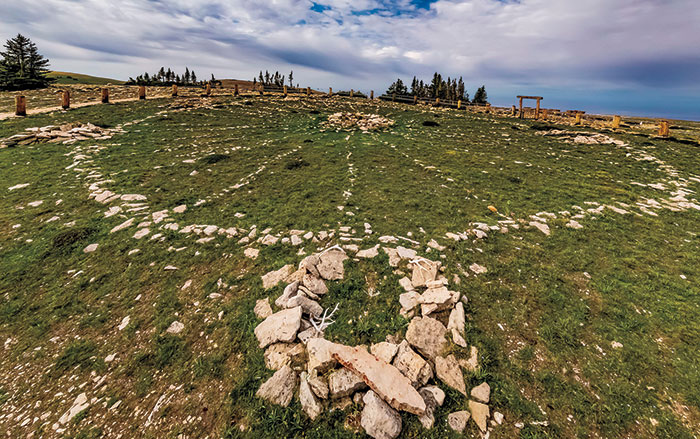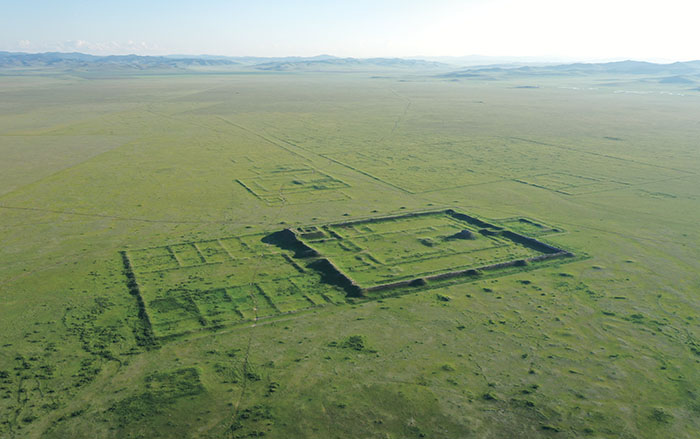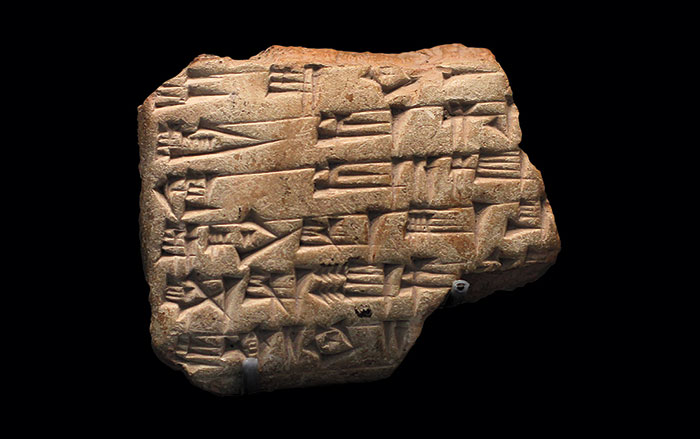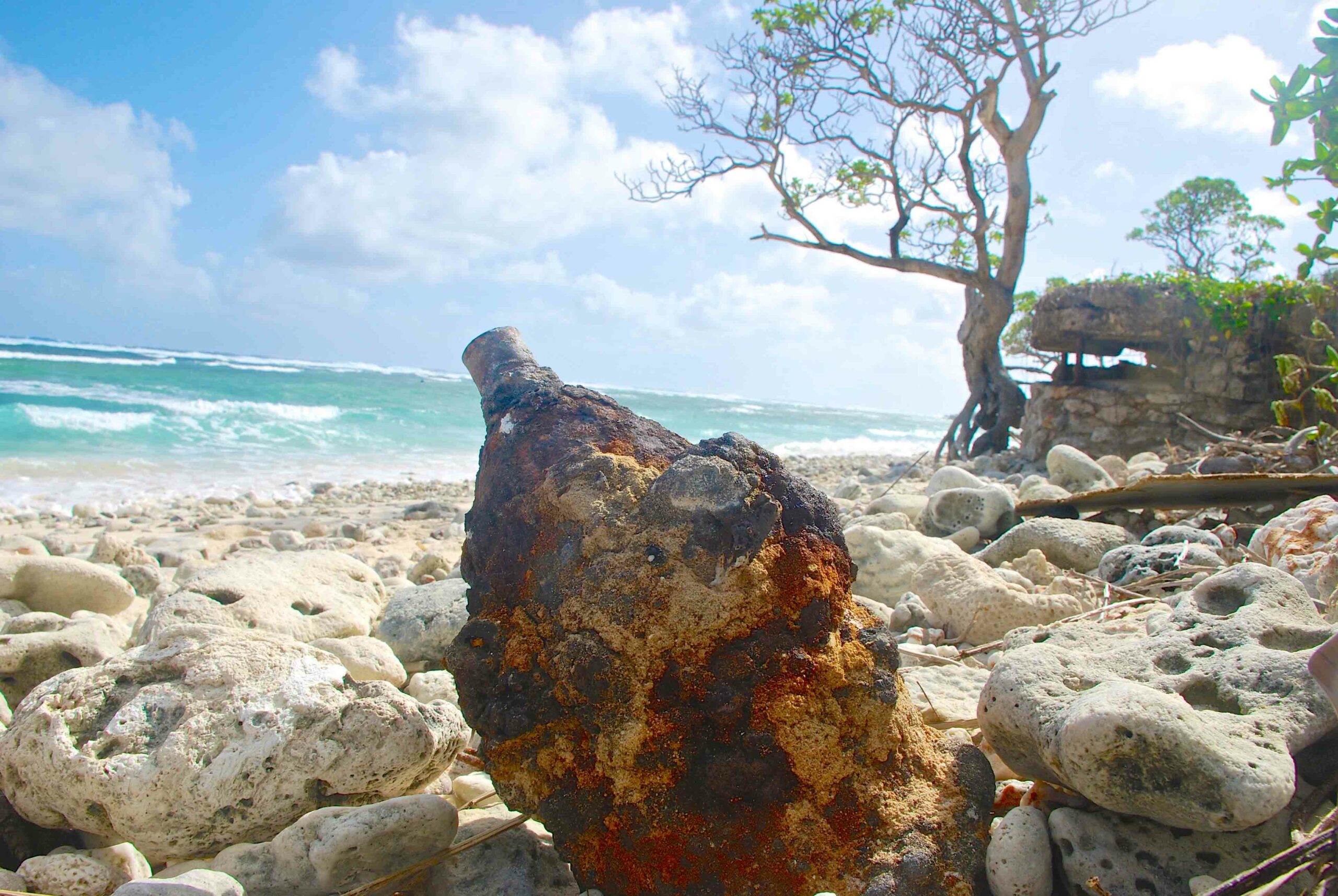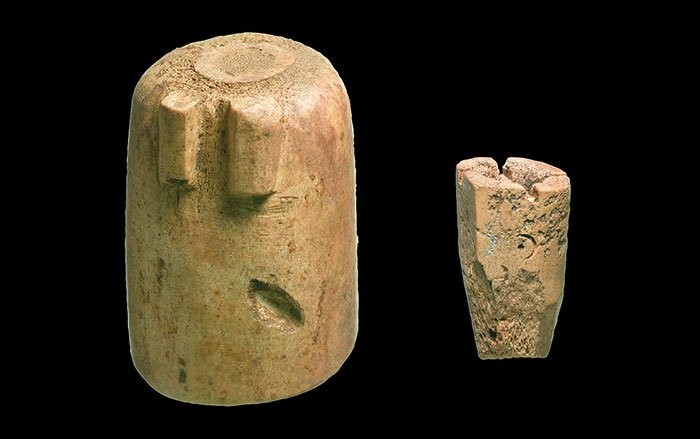
CHAMPAIGN, ILLINOIS—A jawbone with both modern and archaic human traits has been found in a cave in the Annamite Mountains of northern Laos, where a skull—the oldest modern human fossil in Southeast Asia—was unearthed in 2009. Found in a cave known as Tam Pa Ling, the skull pushed back the date of modern human migration to the region to sometime between 46,000 and 63,000 years ago. The jaw, discovered in late 2010, is roughly the same age as the skull. “In addition to being incredibly small in overall size, this jaw has a mixture of traits that combine typical modern human anatomy, such as the presence of a protruding chin, with traits that are more common of our archaic ancestors like Neanderthals—for example, very thick bone to hold the molars in place,” Laura Shackelford of the University of Illinois said in a press release. She and Fabrice Demeter of the National Museum of Natural History in Paris led the new study of the fossils. “Tam Pa Ling is an exceptional site because it shows that very early modern humans migrating and settling in eastern Asia demonstrated a wide range of anatomy,” she explained. “This find supports an ‘Out-of-Africa’ theory of modern human origins rather than a multi-regionalism model,” Shackelford continued. “Given its age, fossils in this vicinity could be direct ancestors of the first migrants to Australia. But it is also likely that mainland Southeast Asia was a crossroads leading to multiple migratory paths.” For more on evolutionary suprises in the archaeological record, see "Our Tangled Ancestry."


